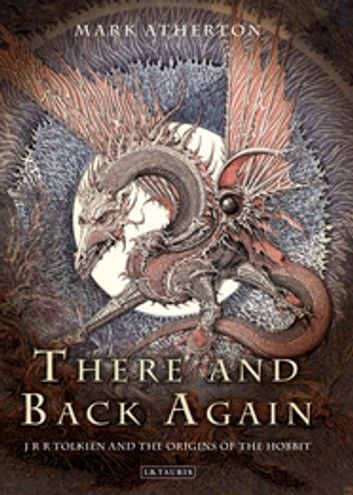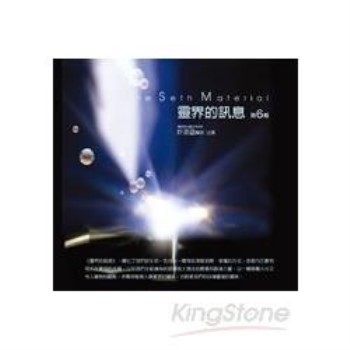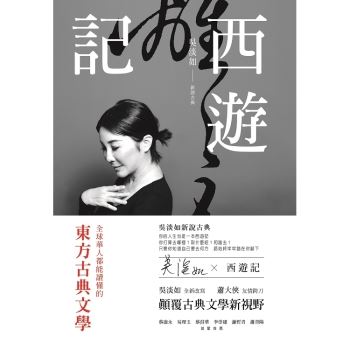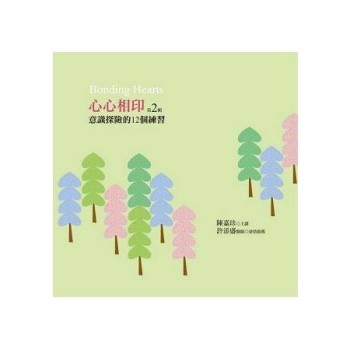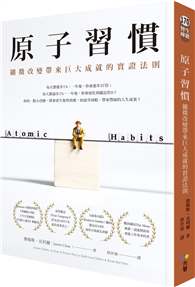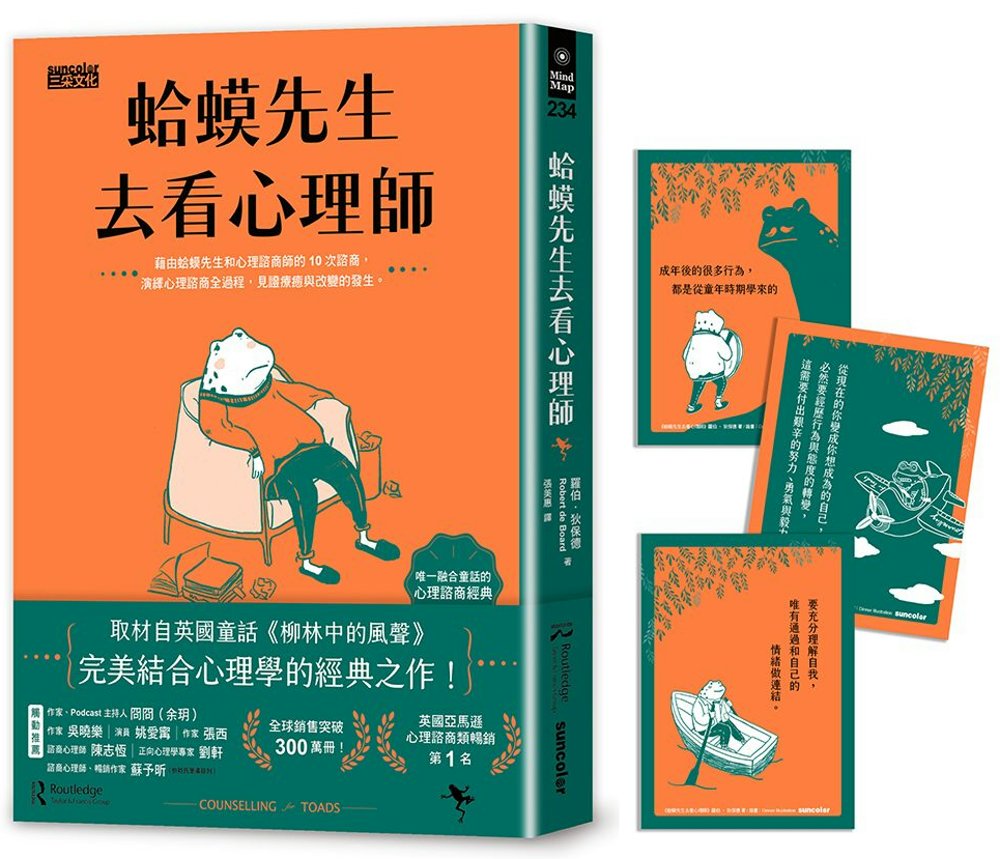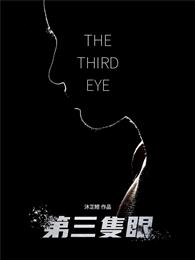‘Even the smallest person can change the course of the future.’ Addressed to Frodo as he prepared to travel from Lothlórien to Mordor to destroy the One Ring, the prophetic words of Galadriel in the film The Fellowship of the Ring are just as pertinent to J R R Tolkien’s own fiction. For decades, hobbits, elves, dwarves, dragons and the other fantastical creatures of Middle-earth have captured the imaginations of a fiercely loyal tribe of readers, all enhanced by the immense success of Peter Jackson’s films: first The Lord of the Rings trilogy, and now his new The Hobbit. But for all Tolkien’s global fame and the familiarity of modern culture with Gandalf, Bilbo, Frodo and Sam, the sources of the great mythmaker’s own mythmaking have been neglected. Mark Atherton here explores the chief influences on The Hobbit: Tolkien’s boyhood in the West Midlands; the landscapes and seascapes which shaped his mythologies; his formative experiences in the First World War; his studies in Norse mythology and medieval English literature; his love of language and dialect, and proverb and saying; his literary friendships, especially with C S Lewis and the Oxford-based Inklings; and the relevance of his themes, especially ecological themes, to the present-day. There and Back Again offers a unique guide to the varied inspirations behind Tolkien’s life and work, and sheds new light on how a legend is born. Essential reading for all those who love and admire the rich and complex topographies of Middle-earth, the book will also have great appeal to students of literature, history and myth. It is the first to show in depth from where Tolkien drew creativity, and how these myriad resources inspired him to craft the most remarkable fantasy novels ever written, densely packed with fauna from another world.
